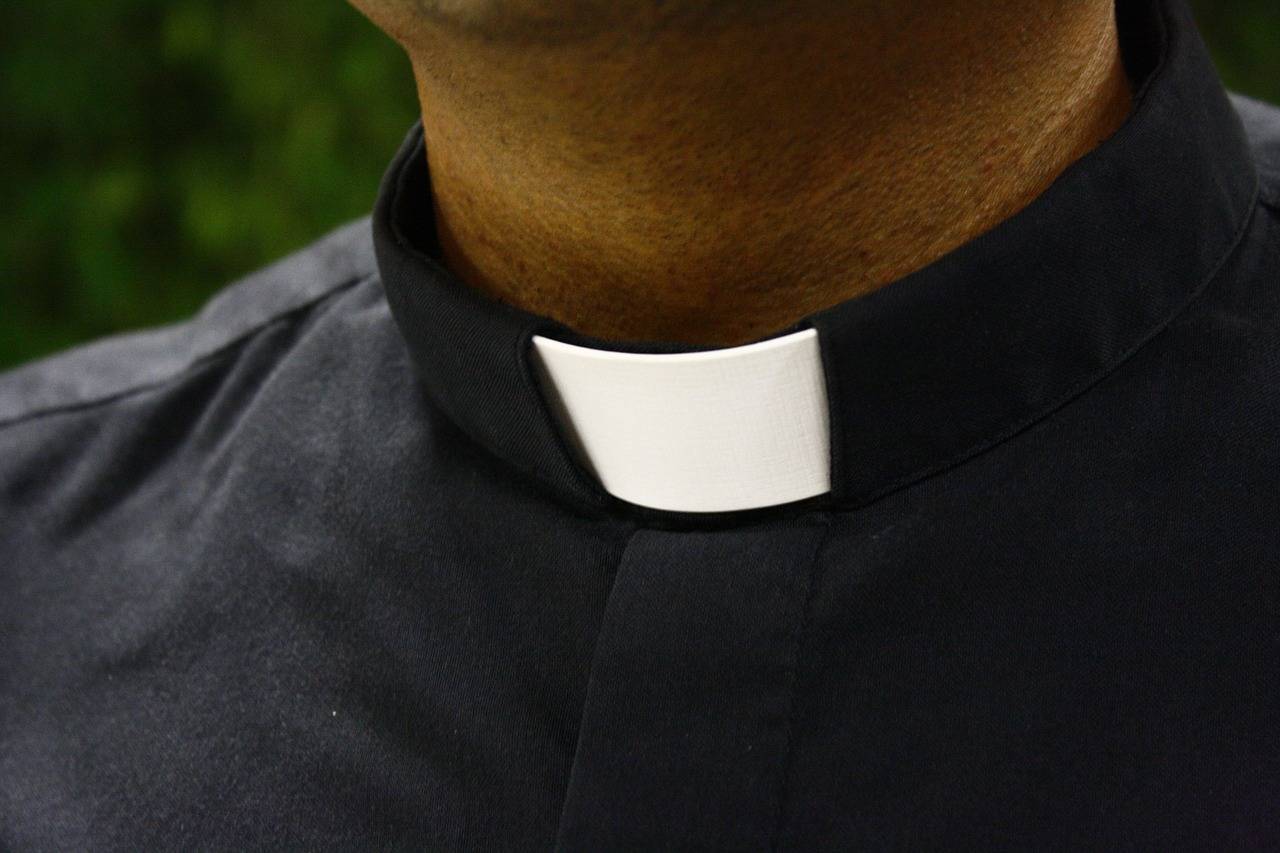TORONTO — The international scientific body governing stem cell research is abandoning the absolute 14-day limit on culturing human embryos in the laboratory, putting pressure on Canada’s law prohibiting the practice.
“As happens so often in human affairs, opening the door on a controversial but somewhat defensible position (not from the Catholic Church’s point of view though) bumps up against a boundary which is first deemed arbitrary and then seen as limiting true science. So the push is on to expand the pool of available research material,” Redemptorist Father Mark Miller, a bioethicist and founder of Redemptorist Bioethics Consultancy, told The Catholic Register, Toronto, in an email.
On May 26, the International Society for Stem Cell Research said it was relaxing the 14-day rule, which prohibited experiments on human embryos past 14 days of development in the lab.
Rather than replace or extend the limit, the ISSCR now believes studies proposing to grow human embryos beyond two weeks should be considered on a case-by-case basis, subject to several phases of review.
Up to 14 days a human blastocyst — the earliest stage of fetal development — consists almost entirely of pluripotent cells, which are those that could develop into the constitutive elements of any organ in the human body. Beyond 14 days the fetus becomes more complex and cells begin to acquire the specific attributes of the organs they will become.
Following a decade of meetings by the Royal Commission on New Reproductive Technologies, Canada’s Parliament passed the Assisted Human Reproduction Act in 2004. The law specifies, “No person shall knowingly … maintain an embryo outside the body of a female person after the 14th day of its development following fertilization or creation, excluding any time during which its development has been suspended.”
Blowing past the 14-day limit opens numerous ethical challenges, said Suzanne Scorsone, research director for the Archdiocese of Toronto, who was a commission member in the 1990s.
“You are dealing with the attempted reopening of an utterly huge subject,” she said in an email. “The difficulty of distinguishing pure research from commercial applications is very much at the core of the issues.”
Society has a legitimate role in regulating scientific research, Scorsone said.
“There will always be some people who will be trying to push the boundaries for their own interests, aware or unaware that they are pushing beyond what is for the common good or in keeping with human dignity,” she said.
Wider society “does have to oversee and set the terms in law for doing this,” she added.
Scientists themselves recognize and welcome outside scrutiny, said Jesuit Father Rob Allore, a geneticist and microbiologist, who is pastor of St. Mark Parish at the University of British Columbia in Vancouver.
“Scientific developments do often run ahead of the public discourse,” he wrote in an email. “Many scientists today believe it is important to find meaningful ways to include the wider public in the discourse around various research practices.”
While the Catholic Church has maintained opposition to in vitro fertilization and experimentation on the developing human fetus, what limits should be placed on science and how to enforce them have been debated since culturing humans in labs became possible in the 1970s.
Human embryonic stem cell research began in the 1990s. Dolly the sheep was cloned in 1996. Clustered Regularly Interspaced Short Palindromic Repeats, or CRISPR, technology for reading gene sequences began in 2005. However, the possibilities for genetic modification became much more apparent in 2013 with CRISPR-Cas9 genome-editing technology.
Recent experimentation that has cultured lab-grown monkey embryos for up to 20 days and the possibility of creating human-monkey chimeras — beings that contain genetic codes from two different species — has further pushed the envelope on embryonic stem cell research.
The church’s opposition to all forms of lab-made human fetuses should not mean that there is no Catholic voice on this developing science, Allore said.
The church has, generally, been interested in having a creative role in conversations about research involving human subjects and human biological material. This interest extends to the discourse around in vitro fertilization and stem cell technologies,” he said.
“It is not true that scientific research requires that any and all experimental procedures must be permitted. … Engagement with the wider public is a necessary feature of a healthy atmosphere for research,” the priest explained.
The role of the church will be to focus debate on some basic questions, Miller said.
“What or who are you performing your experiments on?” he asked. “There will be some interesting answers, like ‘pre-human life,’ ‘developing human life,’ but no reference to the individual and the sanctity of life.”
Miller said he wants to know whether research on lab-cultured human fetuses beyond 14 days is “really aimed at greater knowledge or alleviation of issues around pregnancy and birth? Or is there something more specific and possibly more lucrative if discoveries lead to patented procedures? In short, is it a fishing trip?”
He said he sees that breaking the 14-day barrier “is one more example of human beings and human lives being dismissed because they are worth more under the microscope of a researcher.”

















